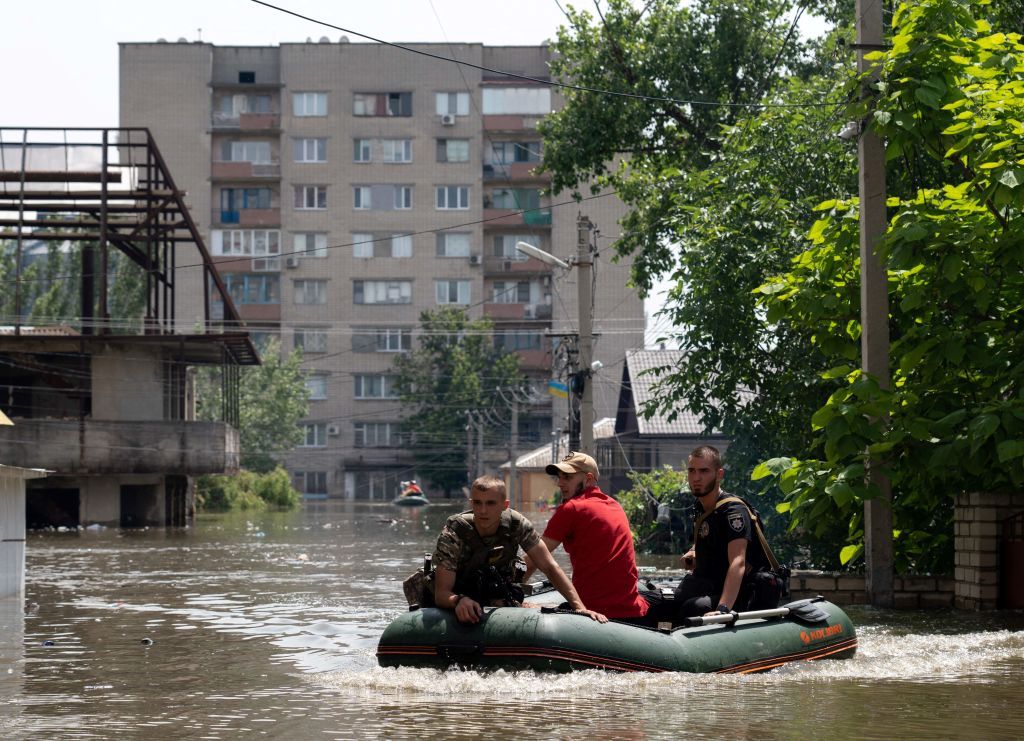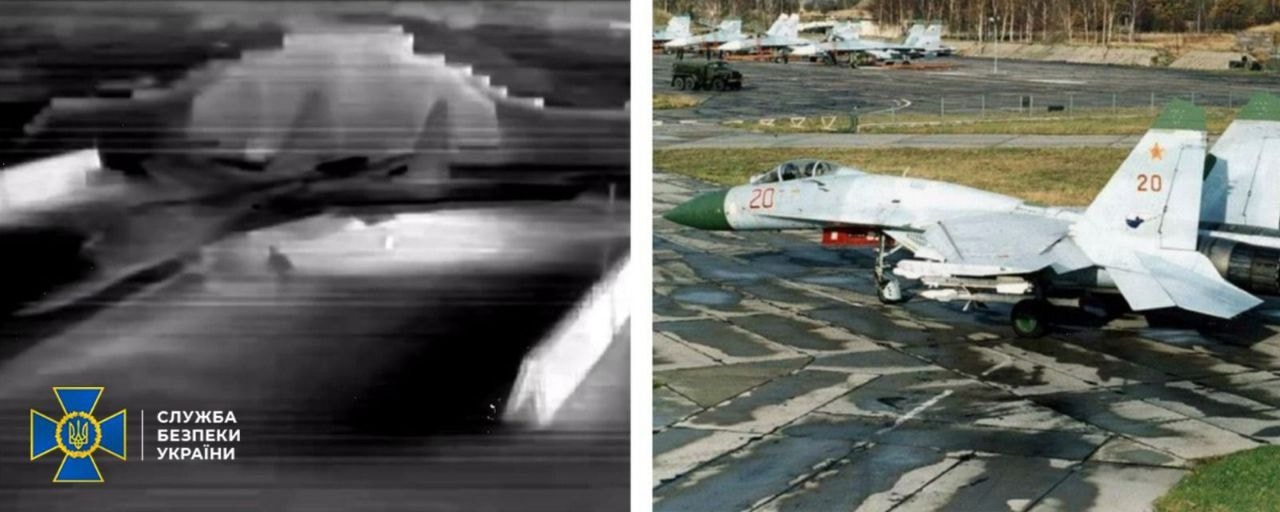The destruction of the Kakhovka Hydroelectric Power Plant in Ukraine's southern Kherson Oblast is "significantly changing" the geography of the Kherson front line area, the Institute of the Study of War reported in its latest update.
The D.C.-based think tank said that imagery captured on June 7 indicated that the flooding caused by the dam's destruction has "heavily disrupted" Russian defensive positions on the east bank of the Dnipro River, especially Russian first-line positions in Hola Prystan and Oleshky.
Vladimir Saldo, the Russian-appointed head of Kherson Oblast's illegal occupation government, claimed that the destruction of the dam actually works in Russia's favor as it complicates Ukrainian advances across the river.
"Saldo’s assessment of the situation ignores the loss of Russia’s first line of prepared fortifications," the ISW update read.
According to the ISW, the massive flooding has "likely forced" Russian troops to withdraw from Oleshky and Hola Prystan, positions they used to shell the regional capital of Kherson and other nearby settlements on the west bank of the Dnipro River, causing constant casualties among the civilian population.
Oleshky, Hola Prystan, Kozacha Laheri, and Dnipryany are almost entirely flooded, with water levels rising to the height of one-story buildings, the ISW reported, citing various sources.
Ukraine's Interior Ministry reported on June 7 that 29 settlements in Kherson Oblast have been flooded, 19 of them in Ukrainian-controlled territory and the other 10 in Russian-occupied parts of the oblast.
The ISW cited Ukrainian Southern Operational Command Spokesperson as stating that Russia has since relocated their personnel and equipment from five to 15 kilometers from the flood zone, placing Russian forces out of artillery range of some settlements.











